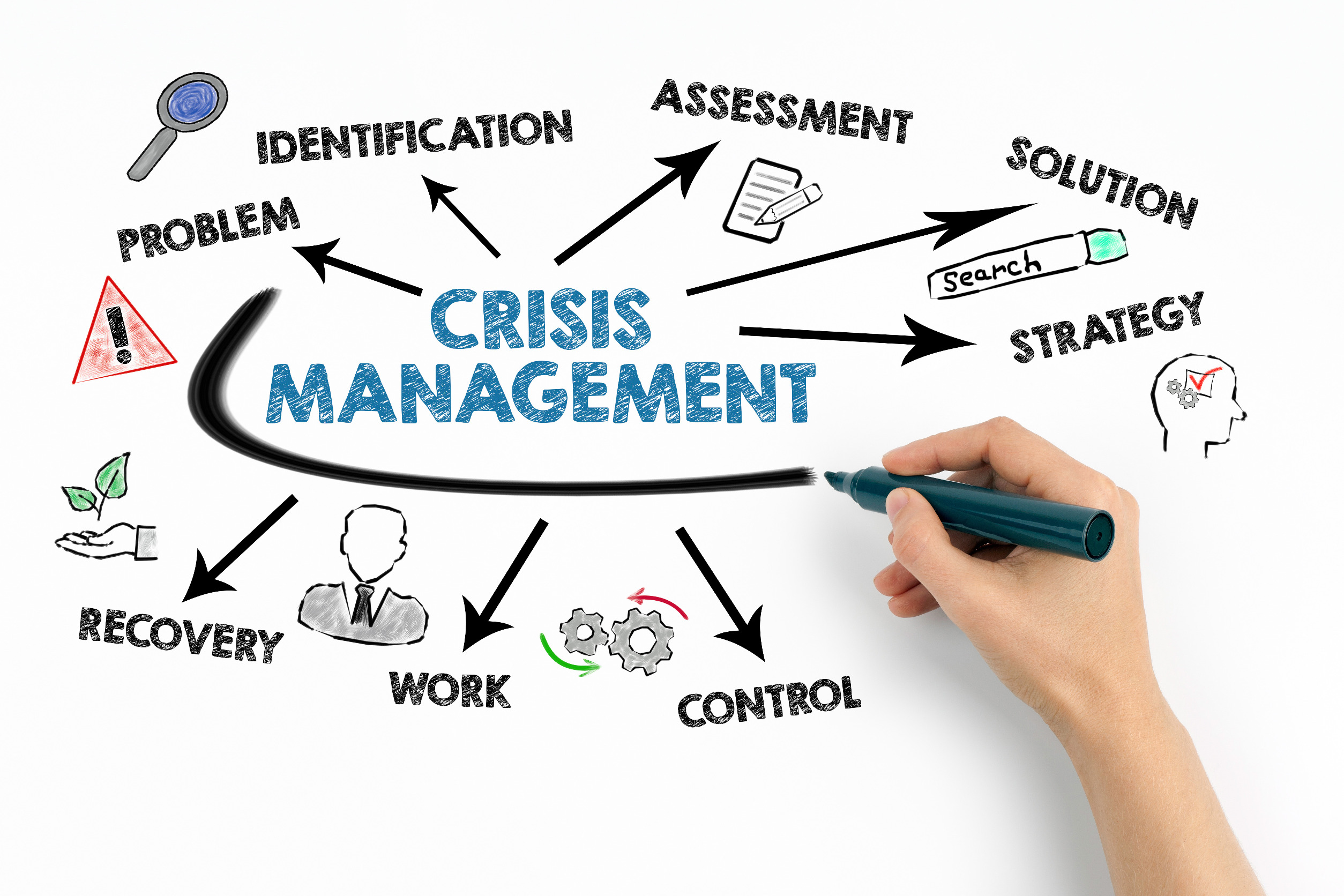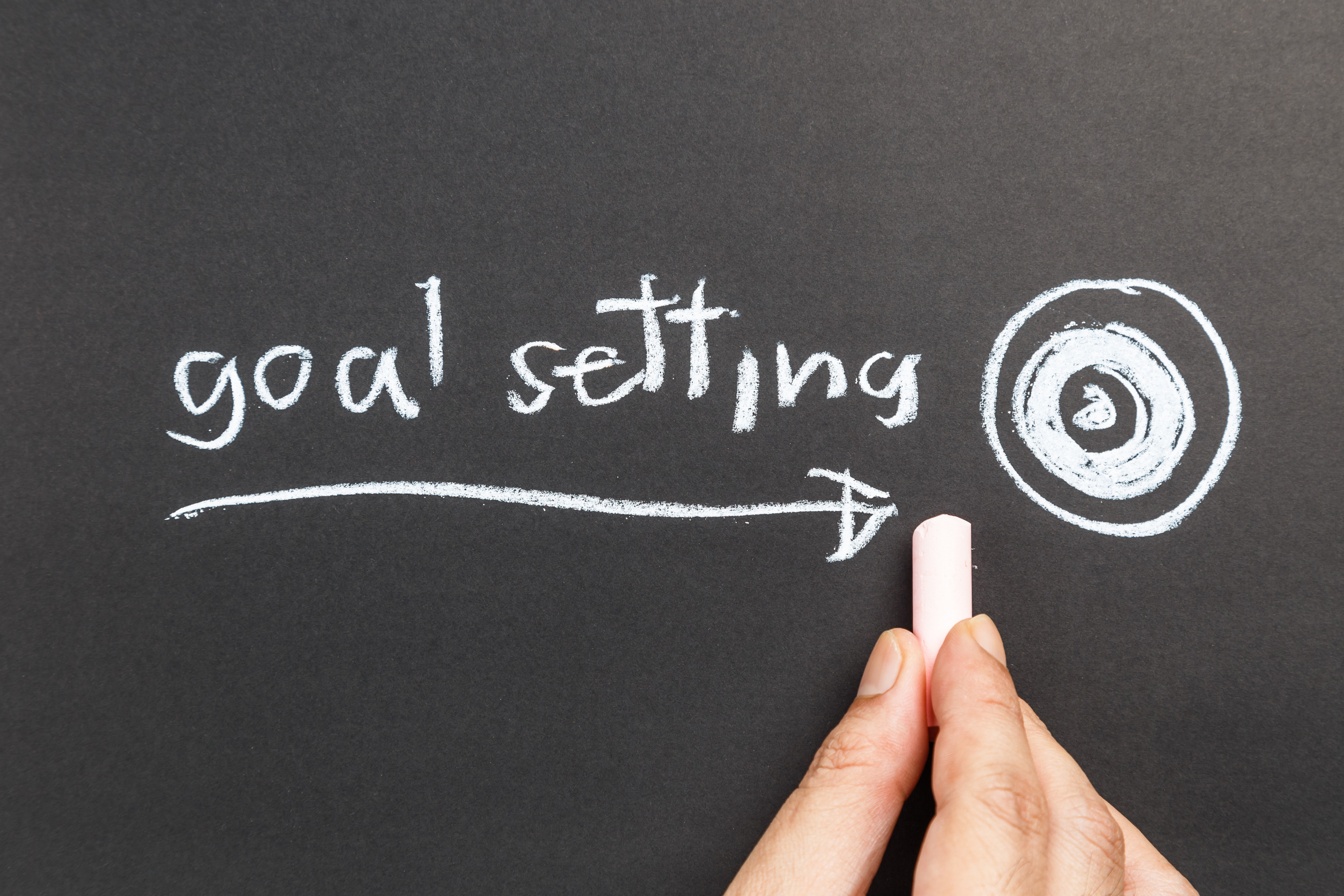I looked at the long list of stakeholders on the Excel sheet and quickly skimmed the change assessment. I asked the program manager if they talked to any of the stakeholders listed, and he said yes. I was curious to know more and asked eagerly, “how many people did you talk to?”. “Can I see the data analysis?” He was puzzled! He asked, “what data analysis?” “This is what our HR business partners filled,” he added, referring to stakeholder assessment. This time, I was puzzled. I asked: “So, there is no actual data collection?”
He replied, “No!”
I asked: “Do you mean no selection processes, no research plan?”
“What are you talking about!?”
“I mean, were there any emphasizing practices involved?”
“What!? No, don’t make things complicated! We needed to fill the excel sheet and show something to the sponsors. We don’t need any research. We know everything. We need to act fast.”
“Can I, at least, talk to some of the stakeholders listed here?”
“This is the result of what we hear all the time. Maybe HR business partners contacted one or two people. We know what is going on. I’ve been in the company for almost 14 years.”
I muttered “speculations” and continued, “It seems like filling this form was the only intention!”
Then I asked myself, “Does the need for acting fast explain all the speculation for change assessments?”
Sounds familiar? Well! I believe empathy is a missing practice of our change management assessments. Previously, I talked about what design thinking is. The first practice is empathy. Let’s talk about it.
What is empathy?
Empathy is a superpower not only to me but also to many professionals who work in organizational change, transformation and “the future of work.” These professions require a sense of belonging to a group and the ability to understand and cooperate with others.
Historically, empathy was a topic of interest in psychology, philosophy and neuroscience. In recent decades, with the emergence of Emotional Intelligence, Design Thinking or Human-centered Design, empathy has gained more attention in the business world, appearing in many articles, case studies and blog posts.
As I mentioned before, according to the Merriam Webster Dictionary, empathy is “the ability to share someone else’s feelings.” Although this is more or less it, I prefer a more in-depth meaning because understanding a concept in greater detail usually helps practice it better.
Jamil Zaki, the author of “The War of Kindness” and Professor of psychology, defines empathy as multidimensional, containing three elements.

- Mentalizing: considering and understanding others
- Experience sharing: sharing other’s feelings and emotions
- Expressing: motivation to improve other’s experience by showing sympathy
What I like about this definition is that it includes thinking, feeling and doing. Empathy is a conscious act where you put yourself in someone’s shoes, sense the emotions they may be feeling and use this knowledge and understanding to give support. It takes work to be empathetic, but the effort is worth it, as we shall see.
I also agree with marketing expert, Joel Harrison, who believes that empathy is the secret to driving more respect and understanding and eventually trust in people-centred innovation and change. Trust is earned by how we think, feel and act.
Change Management and Empathy
In general, change management should be an empathetic practice far beyond the methodology we use. Our job is not filling the forms and assessing stakeholders without talking to them and empathizing with them first. Empathy is embedded in each step of our change management processes, specifically during preparation for change.
Empathy plays a vital role in change assessments such as stakeholder assessments, change impact analyses, readiness, risk and resistance assessments and change success measurement.
How to Empathize?
There are many Design Thinking tools to help you empathize with your stakeholders. Two important tools for the empathizing phase are:
Persona Development: Personas are fictional characters based on your stakeholder group representing the different stakeholder types impacted by the change.
Empathy Map: this tool gives a deeper insight into understanding our stakeholders. The empathy map captures what stakeholders see, feel, hear, do. It captures the interactions, pains and gains of the stakeholders regarding the change.
These tools are complementary to any of your stakeholder assessment tools.
In a nutshell, empathy is the underlying glue that, if practiced correctly, can make us nonjudgmental and united. It can lead to more effective leadership, optimized processes, better team cohesiveness and stronger customer/stakeholder relationships. It is an essential requirement of the future of change management.
Let me finish with this: looking at the horizons of the future, we, more than ever, need to connect to our very human nature through empathy. It’s not only a matter of doing business better so we can increase ROI, but it’s also a matter of human survival. Beyond our professional lives, empathy can contribute to solving more social and environmental problems that threaten humans. I believe that empathy is one of the practices that can help us finally realize how we can take care of our only home, the Earth.
To your personal and professional growth,
Dr. BehNaz Gholami

























